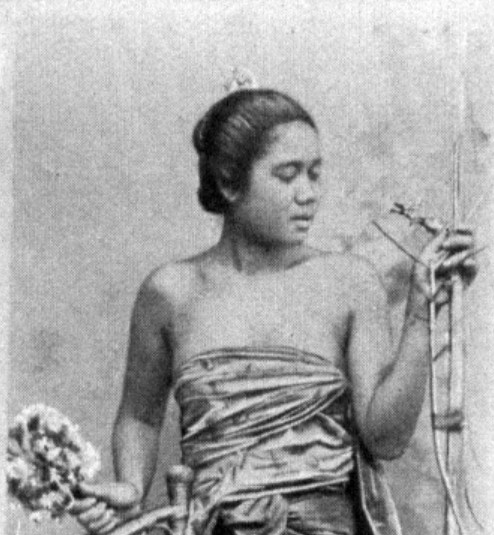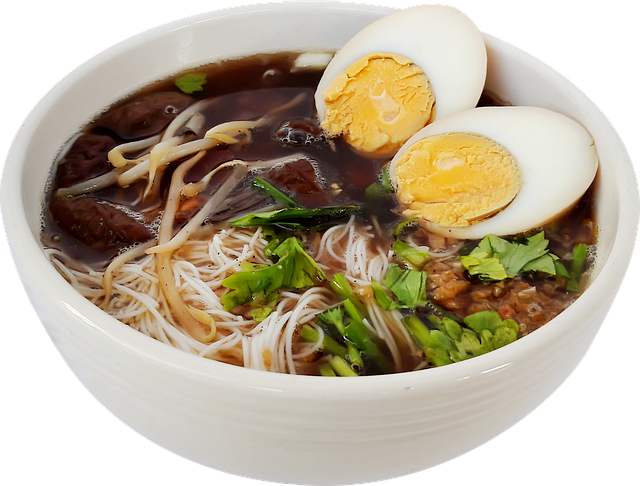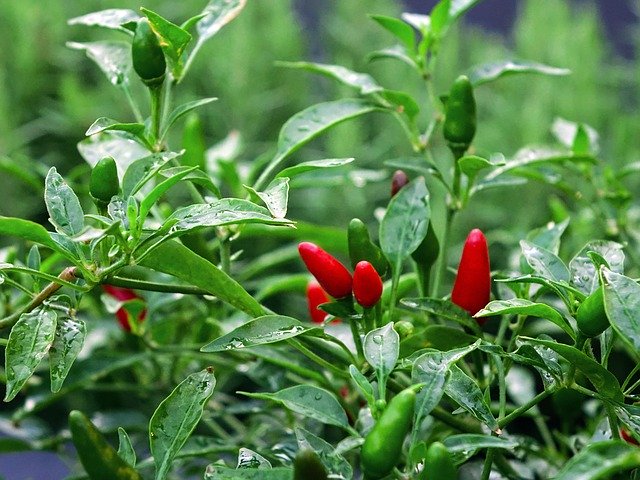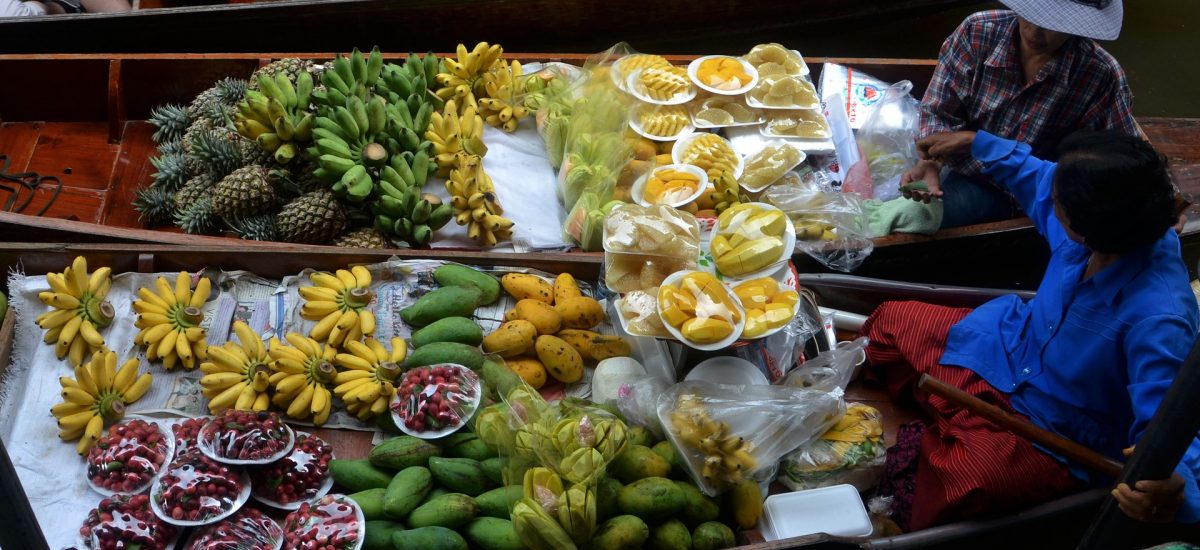You probably know and love Thai food for its diversity of vibrant, exciting flavours. From its searing heat, to its addictive sourness and saltiness; exciting sweet treats, its comforting noodle dishes, liberal use of herbs, vegetables like morning glory, and of course, its staple, jasmine rice. All of these characteristics of modern Thai cuisine are the result of influences from cultures both near and far. This is the history of Thai food.
Rice and The Mon People
In the Thai language, when one friend asks another if they’ve eaten yet (gin khao yang?) the literal translation of this question is “have you eaten rice yet?” This, in itself, speaks volumes on the importance of rice as a staple Thai food.
Early settlers in the landmass we know as modern Thailand were typically part of the Mon people, an ethnic group that still inhabit various pockets of western Thailand, particularly around Chiyapum. The Mon people and their descendants founded civilizations and spread Theravada Buddhism into the country.

The culinary contribution of early settlers into Thailand was to bring rice agriculture to the region. Thailand’s Chao Phraya River Basin provided abundant land for growing rice, and settlers tended to congregate in this area.
Rice provided the bedrock for the cuisine that would flourish in Thailand and it plays a vital role in many Thai dishes. In modern times, Thailand exports the second most rice on the planet.
Chinese Influences on Thai Food
Modern Thai cuisine has strong Chinese influences. The Tai people began migrating to Thailand from southern China centuries ago, forming various settlements and bringing with them the Thai language. It wasn’t until the late 19th and early 20th centuries that the Chinese population in Thailand jumped significantly though. The Tai people also brought expert rice agriculture skills with them, further cementing the place of this staple food in the region.
An influx of Chinese migration over the centuries from different ethnic groups meant new cooking techniques which allowed people to create different dishes. Fermented bean paste, tofu, and soy sauce became widespread. Woks allowed for stir-frying and deep-frying.

Many famous modern Thai dishes are of Chinese influence. Guay tiew (street food noodles), kaho kha moo (stewed pig leg), salapao (steamed filled buns), and guay jub ( thick pork soup) are all popular modern Thai dishes with a heavy dose of Chinese influence.
The Arrival of the Chile Pepper
Even though Thai food bears no resemblance to any type of food from Spain or Portugal, much of the heat it is famous for resulted from the arrival of the chile pepper by boat during the 16th and 17th centuries from explorers of these nations.
Portuguese and Spanish explorers, fresh from venturing across the Atlantic to the Americas, brought back with them a range of plants, animals, and cultures from the New World. One of those plants happened to be the fiery hot chile pepper.

The Portuguese and Spanish explorers embarked eastwards, looking to trade their new and exciting fruits from The New World with eastern merchants. They disembarked at India before reaching Siam during the time that the ancient city of Ayutthaya was the capital of Siam and one of the world’s most important commercial cities.
It’s likely during this period of high-volume trading that the chili found its way into Siam. The innovative and resourceful cooks began to make use of it in their recipes. Modern Thai dishes are famed for their heat level. Tom Yum Goong, som tam (papaya salad), and larb all use either fresh or dried chili and are famous around the world.
Regional Thai Food Differences; Northern vs Southern Thai Food
Modern Thai cuisine is really composed of several different regional cuisines, each with their own unique characteristics. Those characteristics reflect cultural and ethnic influences from nearby regions.
Traders from India and Persia and settlers from Malaysia and Indonesia brought with them spices and the ubiquitous use of coconut milk that characterizes southern Thai food, especially its pungent curries, laced with turmeric.
Northern Thai food derives much influence from Burma’s Shan region. The ancient Lan Na kingdom, run by the Burmese was the location of modern-day northern Thailand, with its capital in Chiang Mai. Lanna food is characterized by sticky rice, delicious chili dips like nam prik noom, herbaceous stews, and no coconut milk in its curries.
Another exciting regional variation, and a personal favourite mine, is the food of Isan. Not for the faint-hearted, Isan food is known for its incredibly strong favours, marked by the use of pla ra, a stinky fermented fish that adds a whacky umami to papaya salads. Isan cuisine also favours sticky rice. The nearby influences on the development of Isaan food were from southern Laos and Khmer.
What is Thai Food Known For
Overall, modern Thai food is known for its strong flavours, incredible aromas, innovation, and a fine balance of salty, sour, sweet, and hot. The history of Thai food is complex, with an interweaving of many different ingredients and cooking methods from disparate cultures. The result is a flamboyant, unmissable eating experience that attracts people from all over the world.
